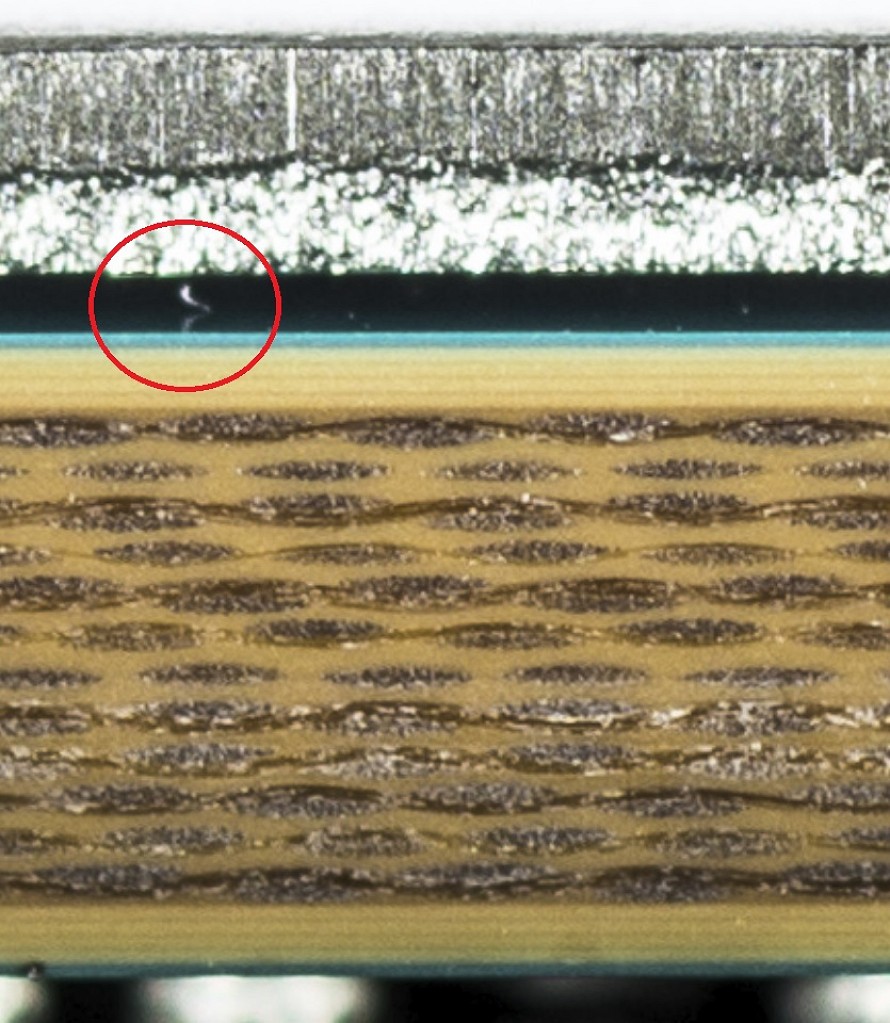There is a newer post available for this topic
The death cocktail for Nvidia's RTX cards: a whole mix of different problems is said to be responsible for the outages | Nvidia RTX Graphics Cards Are Dying
Original article
After initially focusing on the memory modules (also in mine) to explain the mysterious failures, especially the Nvidia GeForce RTX 2080 Ti Founders Edition, information is now condensed to indicate the more likely cause of the problems. For example, we have already discussed at great length in the forum, which also dealt with possible soldering problems. A very interesting forum post led me at the end to make a more targeted way at some manufacturers or to catch the pcbs and get on my nerves.
Although Nvidia's wall of silence seems more indomitable than the Eiger North Face, an SMT problem at Nvidia's foxconn is said to have been investigated in more detail. In detail, there was talk of cold or cold faulty soldering points in the SMT process, where the BGA chip is connected to the board (PCB) by means of the reflow soldering process.
The graphic below shows the phenomenon of faulty contacts between BGA and PCB, possibly caused by a faulty SMT mask or incorrect temperatures.

Only complete demolitions or missing soldering pills ("balls") can be detected directly during quality control by means of simple functional testing on site. Everything that turns out slowly and after several thermal processes such as heating and cooling can only be found out by our own quality management, which is not supposed to have worked perfectly at Foxconn.
Apparently, you either relied too much on your own routine or simply didn't have enough time for long-term tests. Or both, who knows?
The posted picture in our forum (source xdev.com) in the above-linked post fits in with this, but it has not yet been definitively verified. It shows the page view of the package on an EVGA card, where there appears to be a chip between the substrate and the package, while the soldering looks ok.

Anyway, as long as Nvidia does not comment on it, this information will remain just another facet in the big puzzle, even if I could get this information directly from the industry. However, according to their RMA departments, errors that have occurred so far on board partner cards are within the normal limits, especially since there are not yet a sufficiently high number of units produced and delivered to generate truly resilient statistics. .
So everything is again focused on the Founders Edition and Foxconn as contract manufacturers. Incidentally, it is also fitting that there have already been redundancies in the course of Nvidia's internal audit. Personally, however, I would not be surprised if this time the real reason for the failures had been found, because after all, cards with Samsung memory are now also to be affected, so that the memory as a possible cause is probably definitive. is out of step.
Then Micron would be completely out of the race in terms of failures. But I'm sticking to it, because it remains exciting enough and nothing has really been definitively confirmed yet. It almost looks like you just want to sit it out. Anyway, because it's hard enough to separate rumors and facts neatly.































Kommentieren